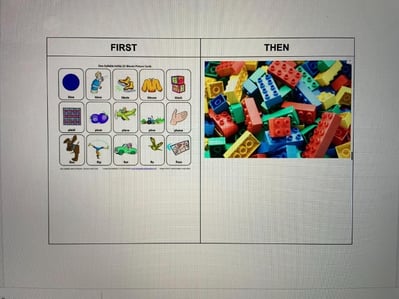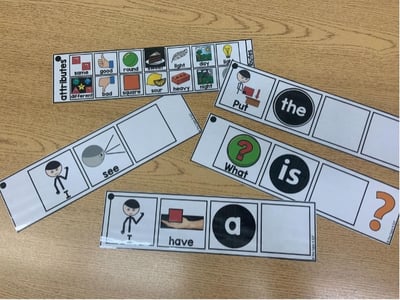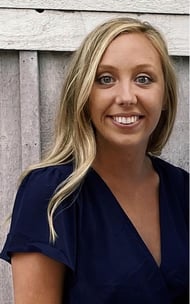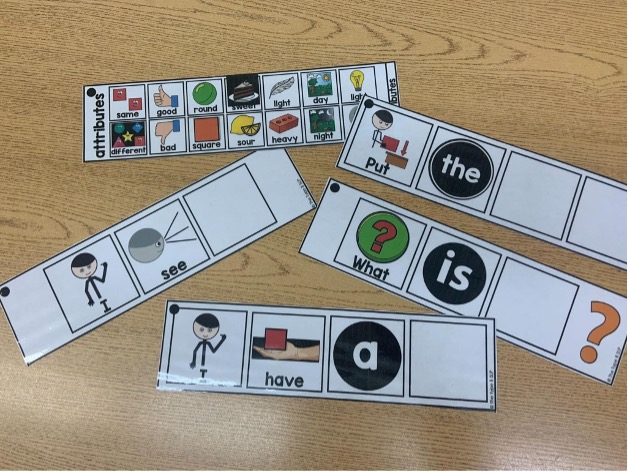The first thing that comes to mind when you think of “speech” is probably talking or communication, but did you know that communication can sometimes involve visuals as well? Within the school setting, each student learns in different ways, as I am sure you all know. Some students process information better when it is given to them verbally. I personally am a visual learner, I need to see the information in order to better understand it. Visuals are something I incorporate into speech regularly.
Below of are a few reasons why visuals are SO important to use daily:
- Prompts and cues - Visuals can provide additional support and cues. From the production of speech sounds to language sentence strips, they can engage the child to use visual, auditory, and tactile cueing. Visuals also can help aid in language processing and reduce the demand placed on a student. I find that, especially during COVID, that visuals of speech sounds are very helpful for students learning placement (since they cannot usually see our face due to masks).

- Help reduce behaviors - Students often like to know what is next in their day. To eliminate an element of surprise, you can provide the student with a visual schedule, which allows them to see what is coming next. This may help reduce anxious or nervous feelings about what lies ahead. First/Then visuals are also helpful. They can remind the student that “first” we have to attend to the task at hand, “then” we can choose your preferred activity.

- Participation - As we all know, students may communicate in a variety of modalities, whether they sign, use AAC, or verbally communicate. SLPs can work side-by-side with the classroom teachers to provide visuals for their students. For example, discuss the classrooms’ daily routines. Do they do morning meetings or group activities regularly? If so, provide visuals that fit their routine and allow for speech/language students to participate as well.

Using visuals in your own classroom can be easy once you decide students’ targets and goals. It’s just as important to collaborate with the classroom teacher and discuss what is functional and academically important for the student in order to participate in the classroom. SLPs can help support students in so many different ways, including using visuals. Hopefully, you can start incorporating visuals in your therapy routine as well.
 |
About The Author Hannah Greeling is a speech-language pathologist who works in the school setting. Her current population consists of students in early childhood through 2nd grade. However through her previous experiences, she has worked with children ages 2-15. She enjoys the diversity that speech pathology brings and hopes to share strategies and ideas to help facilitate communication with your students. She received her undergraduate degree in Communication Disorders and Sciences from Eastern Illinois University and her masters degree in Speech-Language Pathology from Southern Illinois University Edwardsville. |
